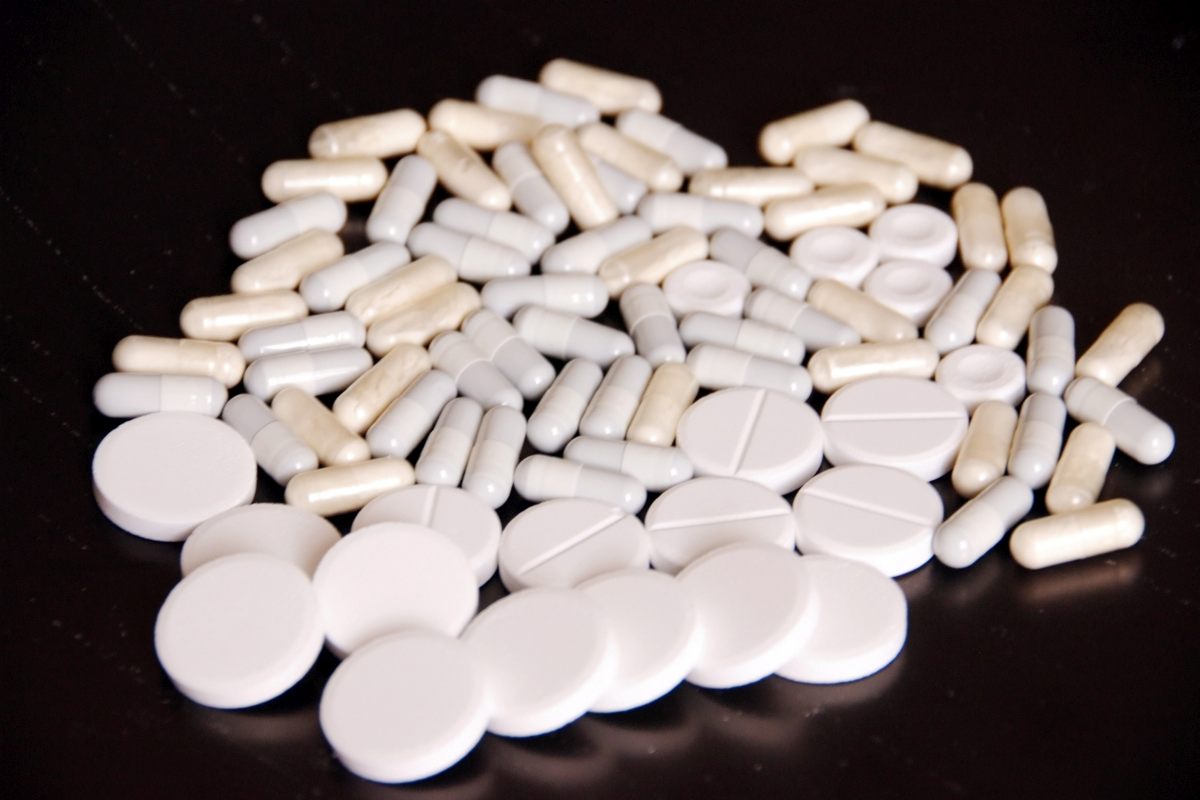ROME (ITALPRESS) – ‘The Italian Medicines Agency (AIFA) plays a crucial role in Health and access to care for patients. Its ability to ensure with the available resources the highest level of timeliness and equity of access to medicines, starting with innovative ones, involving patients in decision-making processes, represent important quality factors of its work. To this end, the so-called ‘AIFA Reform’ was approved eight months ago through the publication in the Official Gazette of the Ministry of Health Decree No. 3 of January 8, 2024. A Decree that revises the governance of the Agency, starting, for example, with the abolition of the figure of the Director General, the establishment of the Scientific Technical Director and the Administrative Director, up to the introduction of the (single) Scientific and Economic Commission of Pharmacò. This was stated by Tonino Aceti, president of Salutequità.’Once the reservations on all the key issues have been resolved and the grounding phase of the reform began a few months ago, today – according to an analysis of the Salutequità Observatory – we need greater prominence and involvement of patients in decision-making processes, as well as additional levers on timing and equity of access to medicines, also thinking about possible future filings/integrations to the reform itself and real ad hoc regulatory interventions – Aceti stresses -. On the involvement of patients’ and citizens’ associationsMuch more needs to be done. In fact, going to analyze the Aifa Reform Decree, we do not see, for example, innovations aimed at the formal recognition of Patient and Citizen Associations among the actors of the Agency’s governance. It is precisely in this sense that the decision on the composition of its Board of Directors goes: no specific reservation was made for representatives of the Patients’ Associations. The same situation for the composition of the Scientific and Economic Commission of the drug .And if the care of relations with the Patients’ Associations is today in the head of the President of Aifa, supported by the external relations area, from the organization chart of the Agency (in update) there does not yet seem to be an Area or Office that deals specifically with relations with the Associations of citizens and patients for their structural and systematic involvement in the pharmaceutical policies of our countryè.’Decidedly more open and modern, on the other hand, is the involvement strategy adopted by the European Medicines Agency (EMA), which within its Board of Directors reserves two seats for representatives of Patients’ Organizations . This allows the latter, unlike Italy, to be an active participant even in the appointment procedure of the Executive Director of the Ema,” the president of Salutequità further explains. Finally, Patient Associations are members of multiple and important Ema Scientific Committees such as: the Pharmacovigilance Risk Assessment Committee (PRAC), the Committee on Orphan Medicinal Products (COMP), the Committee on Advanced Therapies (CAT) and the Pediatric Committee (PDCO).Equally inclusive towards Patient Associations is Regulation (EU) 2021/2282 on Health Technology Assessment (HTA), and the implementing act of May 23, 2024 . The latter, in fact, in Articles 9 and 14 provides the opportunity for patients to provide input on the consolidated proposed scope of assessment and drafts of the joint assessment report and summary report. Instead, returning again to Italy and in particular to AIFA’s Scientific-Economic Commission on Medicines, not only do representatives of patient associations not appear among the members of the same Commission, but their views, which can (rather than must) be requested by the Commission under Article 11 of its Regulations,” Aceti says again, “are ‘exclusively informational in nature, that is: they are not mandatory, they are not binding, and it is not necessary for AIFA to ‘account’ for any deviation from them in the decision. Opinions expressed by scientific societies are subject to the same regime. The failure to provide for the involvement of the Patients’ Associations also seems to emerge on the occasion of another recent step in our country’s pharmaceutical policies, namely the Determination to establish the Technical Table for the revision of the AIFA Notes and Therapeutic Plans . Reasoning about the revision of the conditions for admission to the reimbursability of drugs and their prescription and dispensing modalities should never disregard the user’s point of view, experience and needs, also considering the impact they can have on adherence to therapies and what it implies for the person’s health and for the effectiveness and efficiency of the SSN’.’Another test bed of the Agency’s Reform is certainly represented by the reduction of the time it takes for patients to access therapies, starting with those with chronic and rare diseases. On this, if on the one hand the Aifa reform eliminates the double passage of dossiers between the Technical-Scientific Commission and the Pricing and Reimbursement Commission through the establishment of the new (Single) Scientific-Economic Drug Commission, which will have in its activity to carry out the not easy task of ensuring the correct balance between the technical-scientific and economic dimensions of analysis, averting the risk that the latter is not always the one to guide the choices, On the other hand, however, the Commission can count on 10 members instead of 20 as envisaged before the reform,” Aceti stresses, “with a compensation stopped in 2012 and equal to 25 thousand euros gross per year (for the members not by right) and all this, according to the Technical Report of the Reform, without a significant strengthening of the offices’ staffing. And while it should be acknowledged that there has been a recovery in the disposal of files accumulated in previous months, it is clear that in order to structurally cut down access times it will also be necessary to work quickly on new models of simplified procedures, including moving to the offices everything that is processable directly by them and that does not require the analysis of the Single Commission. Likewise, the procedure for transmitting Determinations to the Official Gazette, which today takes an unacceptable average of 60 days, should be simplified immediately, through the identification of a simplified mode of publication, for example, on AIFA’s own website. This mechanism, at no cost, could reduce by an average of two months the time patients have to access drugs, and that would be no small thing! Also because, then, to the times of the national procedures must be added those of the Regions, some of which have provided for further decision-making processes through, for example, – continues the president of Salutequità -, the so-called binding Regional Hospital Therapeutic Outlines (PTORs), which affect and much on the equity of access, undermining one of the principles that AIFA has in its mission: the unity of the pharmaceutical system. On this front, the Agency’s reform and subsequent measures do not identify specific levers of intervention vis-à-vis the Regions, such as the repeal of the binding Regional Timelines and/or the activation of a system to monitor/evaluate the timing and equity of access to medicines in the Regions. In fact, the Report on the Timing of Drug Pricing and Reimbursement Procedures edited periodically by Aifa makes no reference to regional access timelines. Similarly, the only institutional system for monitoring and evaluating the performance of the Regions in guaranteeing the Essential Levels of Care, i.e., the New Lea Guarantee System, does not include any specific indicator on the timeliness and equity of access to medicines by the Regions,” Aceti concludes. “This is an important gap that needs to be filled immediately.
– Photo Agency Photogram –
(ITALPRESS).

